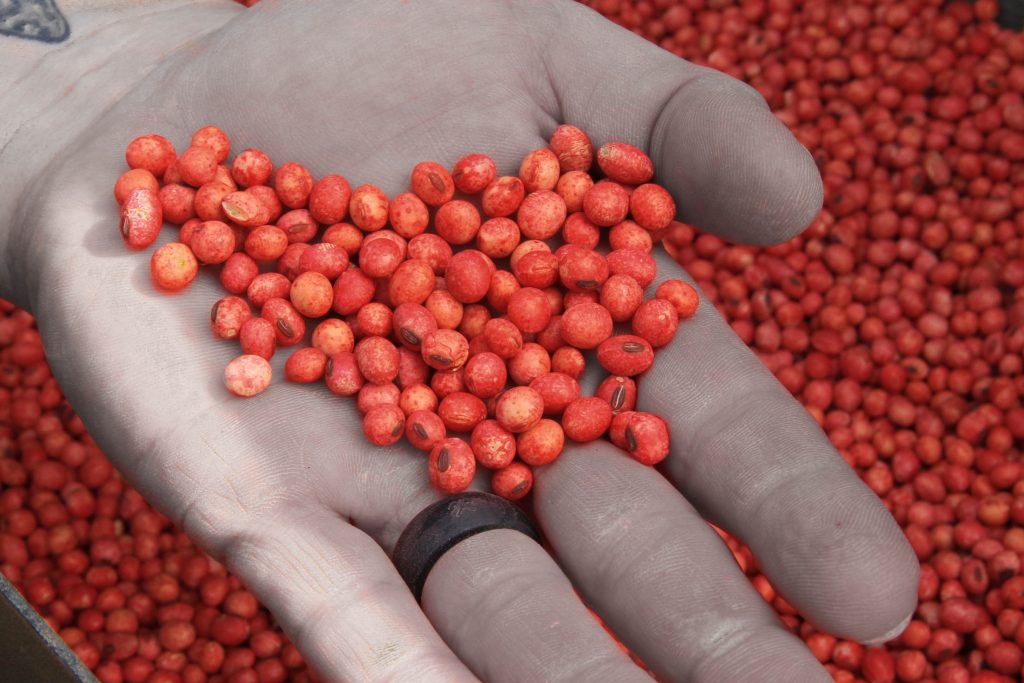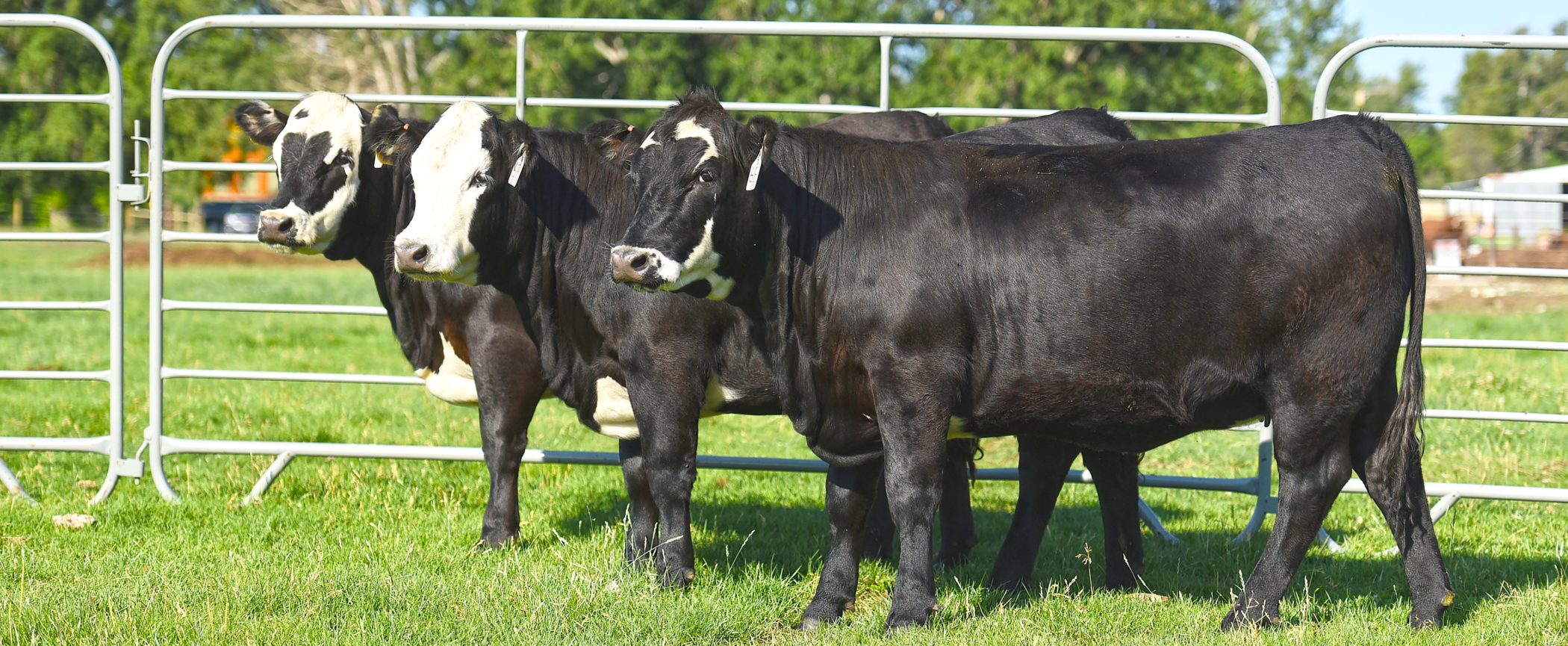
If you have paid much attention to Real World Wildlife Products you likely recognize that they are different than other companies supplying food plot seed, mineral and other such products to the hunting industry. Personally, I have always thought of Real World as a “hybrid” company which helps explain what makes them different. Maybe I should start by explaining just what a “hybrid” is so that this all makes better sense.
In basic terms, when two different parents are crossed and the resulting offspring is better than either parent, that offspring is referred to as a “hybrid”. For example, when two different corn varieties are crossed, the result is a hybrid corn. This hybrid corn is often better than either parent in terms of yield, disease resistance, etc.
This same hybrid affect also happens in the animal world. Broiler chickens raised for meat today are generally ready for slaughter in less than 6 weeks from date of hatching. These hybrid chickens are the result of breeding two different parents and ending up with offspring that is better than either for meat production. Within the cattle industry the “black baldy” is often thought of as the ultimate beef animal. A black baldy is a result of cross-breeding a Black Angus with a Hereford.  The resulting calf is black with a white face and has hybrid vigor not seen in either parent. The black baldy calf will typically be healthier, grow faster and if retained in the cow herd will provide longevity above what would be expected from either parent.
The resulting calf is black with a white face and has hybrid vigor not seen in either parent. The black baldy calf will typically be healthier, grow faster and if retained in the cow herd will provide longevity above what would be expected from either parent.
So what does all of this talk about hybrid cows, hybrid chickens and hybrid corn have to do with Real World Wildlife Products? Well, let’s look at the food plot seed industry. Typically a food plotter gets their seed from either a BOB (buck on bag) company or from a local seed house or farmers co-op. Each of these options brings something of benefit to the consumer; the BOB company option provides convenience as these products are already packaged in the desired sized packages. The local seed house or farmers co-op offers cheaper prices.
These two options also have their negatives. The BOB seed often comes with poor germination rates, excess seed coating and inert matter, cheap filler seeds with lesser attraction and are typically over-priced. With a local seed house or farmers co-op you can save some money but what are you really getting? For example, if you go to your local co-op and ask for ladino clover, what variety of ladino clover are you getting? And will the ladino clover you buy today be the same variety as the ladino clover you bought at the same place 6 months ago? Typically these places buy the cheapest variety they can find and often it is labeled as “VNS” which means “variety not stated”. The ladino clover seed you get from them today very well may be a totally different variety than the ladino clover seed you bought from them a month ago.
Real World Wildlife Products has taken the best of both of these other seed options and combined them to become a better or “hybrid” option for the food plotter who demands the best plots on his properties. From the BOB companies Real World took nothing except the convenient-sized and colorful packaging. Honestly, that is the only thing these companies really have going for them. When you compare an analysis label from a Real World seed product with a similar BOB product, you will instantly see a huge difference in the quality of the two products.
You might think that your best option is to go down to the local seed house or farmers co-op but while that option may save you some money it also has its pitfalls. To learn more let’s look at Real Worlds Clover & Chicory blend for example; to develop this blend Real World planted every variety of clover they could find on multiple properties in multiple states and looked for those that were most attractive to deer. Those specific varieties are the ones we included in Real Worlds Clover & Chicory blend. The clover found in a bag of Real World Clover & Chicory you buy today is the exact same varieties that were in the blend 3 years ago. Those varieties will not change unless Real World finds a new variety that proves to be more attractive to whitetails than the ones already in the blend.
Real World uses this same approach with every single seed species. The chicory for example has been tested against every other chicory and proved to be the most attractive. Over 300 varieties of soybeans were tested to come up with Real Worlds Generation-2 soybean blend.
Real World has tested different varieties of turnips, oats, winter peas, sugar beets, radish, beets, rape, kale, brassica, Ethiopian cabbage, corn, sunflowers, sorghum, milo, millet, alfalfa, plantain and numerous other species. When Real World brings a new seed product to market you can be sure that each seed within that blend has been thoroughly tested and proven.
For the food plotter looking to have the very best plots possible, Real World Wildlife Products is clearly the best option. Real World does not have the slick marketing campaigns of some BOB companies or the cheap prices that can sometimes be found at seed houses or co-ops. Real World is the “hybrid” option that offers the very best seed blends available backed by two decades of research. You can buy cheaper seed but you can’t buy better seed!
The Real World Advantage –
More seed per acre
Better germination rates
No cheap filler seeds
Less seed coating = more seed
Specific proven varieties
Dare to Compare!
www.realworldwildlifeproducts.com